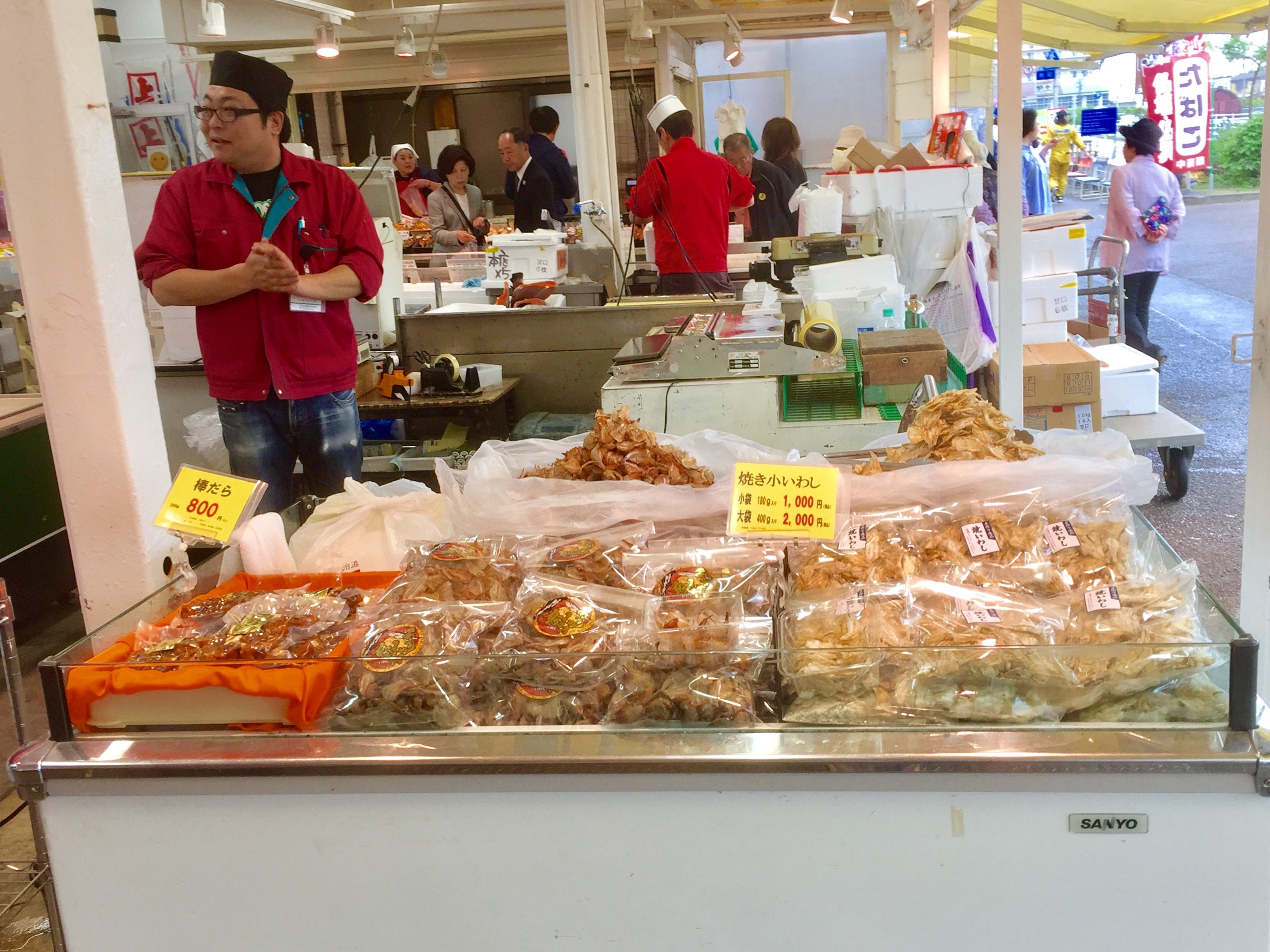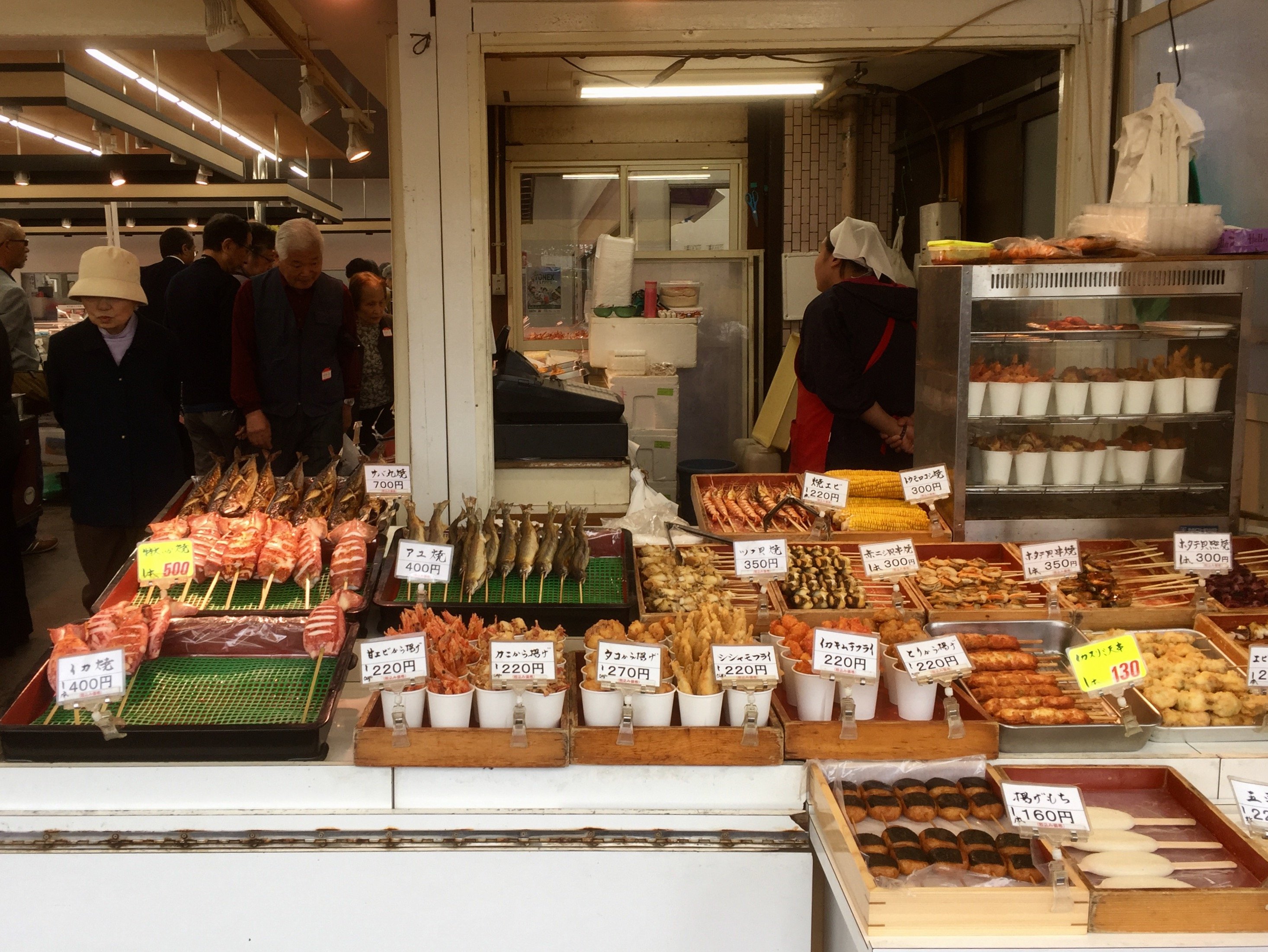Explore everyday life in Japan

Outings, dates, and road trips in Japan generally start out with a story on the News or some other TV show, an advertisement or an article in a magazine, or through general hearsay, possibly on social media, about restaurants, local foods, events, and places of interest.
In other words, as reputations are built and buzzwords come into popularity, plans get made. Here, where free time is often very limited, the idea of just throwing caution to the wind and seeing what happens tends to lose out to the safety of having set plans built upon solid reviews.
The consensus here seems to be that free time is precious and isn’t worth possibly wasting on adventures that have yet to be proven worthwhile.
What makes something worthwhile in Japan? More often than not, good food.
And for good reason. Nothing caps off a day, an adventure, or just a regular old good time with friends like a satisfying meal.
This is how a trip to a fish market becomes a thinly veiled excuse to share the experience of eating amazingly good, fresh seafood with friends. While many fish markets in Japan offer high-quality sushi and bowls of raw seafood served over rice (kaisen-don), some fish markets, like the one in a very small town called Teradomari in Niigata Prefecture, also sell a large variety of fried seafood and kushiyaki.
Many people are familiar with Japanese yaki-tori, but I am willing to bet that not many people have heard of kushiyaki. Kushi is the Japanese word for spit or skewer, and yaki is a Japanese word for cooking. So kushiyaki is a word that describes skewered foods like kebabs. Often, these foods are cooked on grills over charcoal flames. The main difference from yaki-tori is that kushiyaki involves all foods other than chicken.
Some popular forms of kushiyaki are whole salted fish skewered and roasted upright over a bed of hot coals; freshly caught and skewered squid either lightly seasoned or basted with miso and grilled; some form of roasted tsukune, which is made by mixing egg with fish, crab, squid, or shrimp paste and cooking it; and grilled mochi that is topped with a slathering thick, slightly sweet and somewhat spicy miso.
Though eating while walking is generally frowned upon in Japan, where there are kushiyaki vendors, you will often find people standing and talking in groups, or walking in and out of open-air stores, all the while sharing bites of each other’s selections.
In Japan, this is sometimes referred to as Happy Time, that moment when you get to eat the food that you love, preferably in the presence of friends.

This is an ongoing series that will explore various aspects of daily life in Japan. My hope is that this series will not only reveal to its followers, image by image, what Japan looks like, but that it will also inform its followers about unique Japanese items and various cultural and societal practices. If you are interested in getting regular updates about life in Japan, please consider following me at @boxcarblue. If you have any questions about life in Japan, please don’t hesitate to ask. I will do my best to answer all of your questions.
